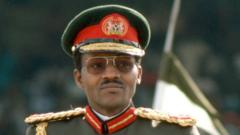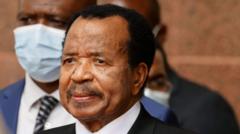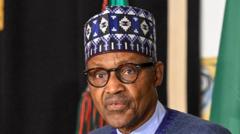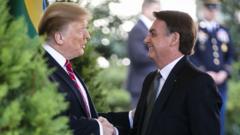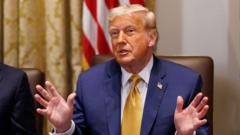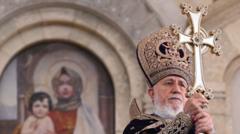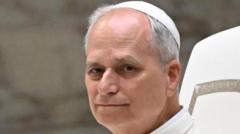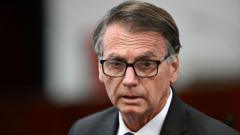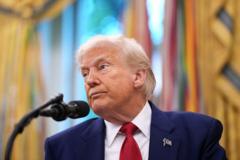The papal conclave, tasked with electing a successor to Pope Francis after his recent death, has produced black smoke signals from the Sistine Chapel, indicating no decision has yet been reached among the 133 voting cardinals. Voting is set to resume this afternoon with expectations of further rounds.
Black Smoke Signals Ongoing Papal Conclave Decision Process

Black Smoke Signals Ongoing Papal Conclave Decision Process
Cardinals continue deliberations after inconclusive votes, leaving the Catholic world awaiting a new pope.
Black smoke billowed from the chimney of the Sistine Chapel on Thursday morning, signifying the 133 cardinals have yet to elect a new pope on the second day of voting. After a three-hour inconclusive ballot session, the cardinals paused for lunch before reconvening for another round of secret votes. The crowd amassed in St. Peter's Square initially gasped at the sight of black smoke, a clear indication of failed selection as hopes rose for a new pontiff's announcement.
The ongoing conclave is a significant moment for the Catholic Church, marking its first papal transition in a decade following the death of Pope Francis last month. The complex dynamics at play in this unique conclave, the largest ever, feature several cardinals likely encountering each other for the first time. This unfamiliarity could lead to differing political views and priorities, shaping an already fragmented selection process along ideological lines.
A notable factor in this election is the previous pontiff's mixed legacy. While some factions lean toward progressive reforms initiated under Pope Francis, others, including conservative cardinals, aim to reinstate traditional church values. As such, the outcome seems to hinge largely on whether the next pope will continue Francis' path of inclusivity or revert to more conservative stances.
The cardinals will conduct multiple voting sessions each day until a candidate garners a two-thirds majority. The results are signaled by the color of smoke emitted from the chimney: black for no decision made and white to announce the election of a new pope. Despite speculation about how long the conclave might last, the absence of a set timeframe means that the process could unfold over several days or be completed much sooner, as seen in previous elections.
The atmosphere remains charged and anticipatory in St. Peter’s Square as the world awaits news from the conclave, hoping for a swift conclusion to this historic moment in the Catholic Church.
The ongoing conclave is a significant moment for the Catholic Church, marking its first papal transition in a decade following the death of Pope Francis last month. The complex dynamics at play in this unique conclave, the largest ever, feature several cardinals likely encountering each other for the first time. This unfamiliarity could lead to differing political views and priorities, shaping an already fragmented selection process along ideological lines.
A notable factor in this election is the previous pontiff's mixed legacy. While some factions lean toward progressive reforms initiated under Pope Francis, others, including conservative cardinals, aim to reinstate traditional church values. As such, the outcome seems to hinge largely on whether the next pope will continue Francis' path of inclusivity or revert to more conservative stances.
The cardinals will conduct multiple voting sessions each day until a candidate garners a two-thirds majority. The results are signaled by the color of smoke emitted from the chimney: black for no decision made and white to announce the election of a new pope. Despite speculation about how long the conclave might last, the absence of a set timeframe means that the process could unfold over several days or be completed much sooner, as seen in previous elections.
The atmosphere remains charged and anticipatory in St. Peter’s Square as the world awaits news from the conclave, hoping for a swift conclusion to this historic moment in the Catholic Church.


